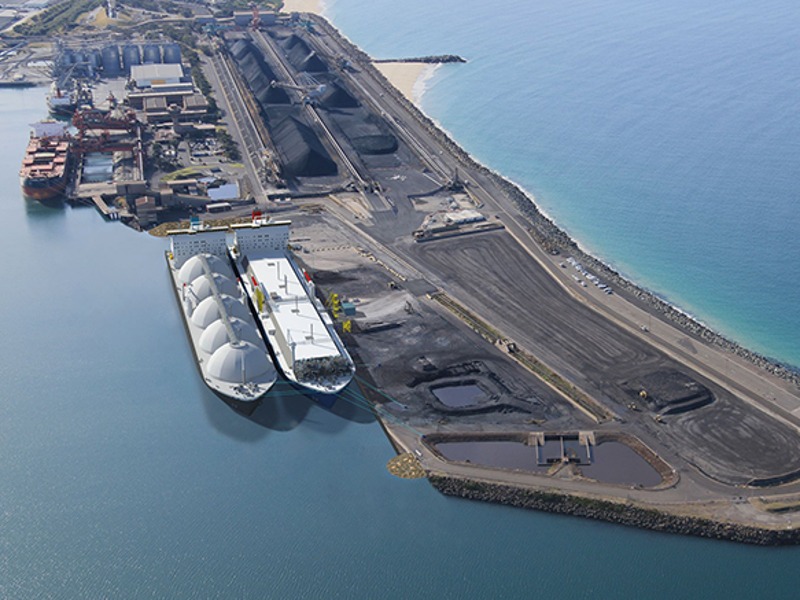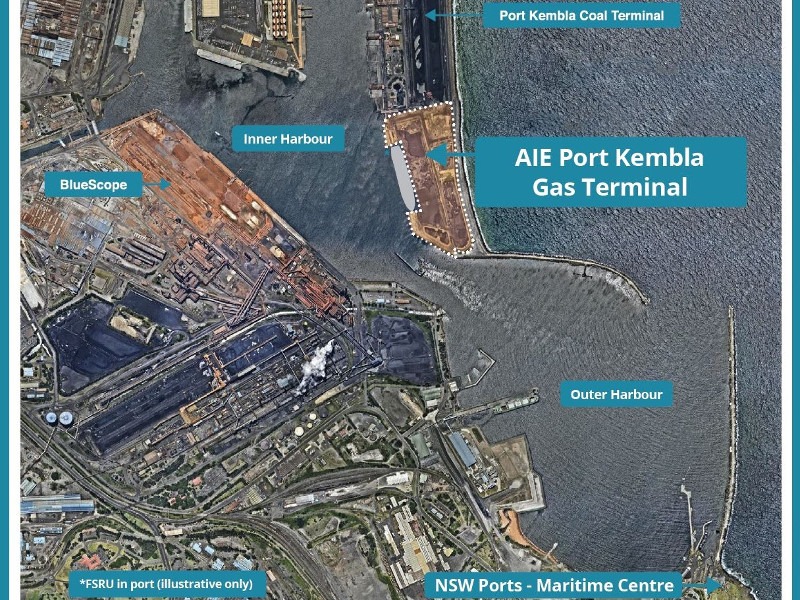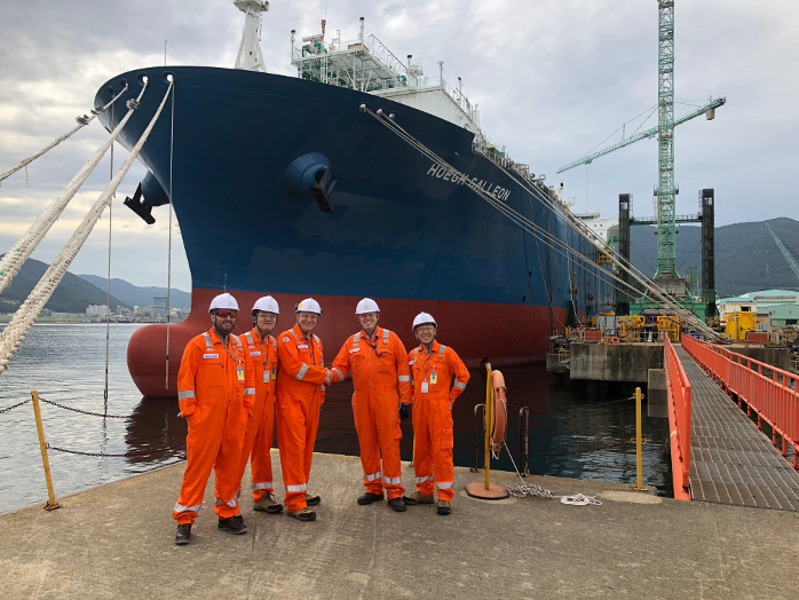The Port Kembla LNG import terminal planned to be developed at Port Kembla, near Wollongong, New South Wales (NSW), will be Australia’s first liquefied natural gas (LNG) import facility.
The project will be developed, owned, and operated by Australia Industrial Energy (AIE), a consortium of Australian and Japanese companies formed in 2017.
The AIE consortium partners include Australia-based privately-owned company Squadron Energy, Marubeni Corporation, and JERA, which is a joint venture between Tokyo Electric and Chubu Electric.
Port Kembla is the first of five proposed LNG import projects in the country to receive planning approval.
Project Gallery
-

Port Kembla LNG import terminal will have a capacity to supply up to 100 petajoules (PJ) of gas a year. Image courtesy of Department of Premier and Cabinet, NSW Government.
-

The LNG import terminal will be developed at Port Kembla, New South Wales (NSW), Australia. Image courtesy of Australian Industrial Energy.
-

The FSRU for the Port Kembla LNG import terminal will be moored at Berth-101 of Port Kembla. Image courtesy of Australian Industrial Energy.
-

The AIE consortium comprises Squadron Energy, Marubeni, and JERA. Image courtesy of Australian Industrial Energy.
-

Hoegh LNG, a company based in Norway, provides the FSRU for Port Kembla LNG import terminal. Image courtesy of Australian Industrial Energy.
Construction on the import terminal, which is estimated to cost up to A$250m ($176m), is scheduled to begin by the end of 2019. To be operational in 2020, the terminal will supply up to 100 petajoules (PJ) of natural gas a year.
The gas supply from the terminal will be enough to meet 70% of the NSW’s annual gas demand.
Port Kembla LNG import terminal background and development details
The Port Kembla LNG import terminal is envisioned to provide reliable and cheaper gas supply in NSW, which imports more than 95% of the natural gas it consumes from neighboring states.
The Port Kembla, along with four other proposed LNG import projects in the country, aim to avoid the potential gas shortage in the south-east region of Australia, due to the increased focus on LNG export, especially in Queensland.
AIE selected Port Kembla as the preferred site for the construction of the LNG import facility and signed a memorandum of understanding (MoU) for the same with the NSW Ports in June 2018.
The NSW government also declared the Port Kembla LNG import terminal project as a critical state significant infrastructure (CSSI) in the same month. AIE filed the environmental impact statement (EIS) for the project with the NSW Government in November 2018. It received the planning approval for the project from the NSW Government in April 2019.
Port Kembla LNG terminal location and site details
The terminal will be developed at the Inner Harbor of Port Kembla, which is situated approximately 80km south of Sydney.
Capable of accommodating up to 311m-long vessels, Port Kembla has also been serving as a key coal exporting facility in the NSW for more than last three decades.
Infrastructure
The key components of the Port Kembla LNG import facility include LNG carrier vessels, a floating storage and regasification unit (FSRU), associated berth and wharf facilities including the landside offloading facilities, and a pipeline to transfer gas to the existing gas transmission network at Cringila.
FSRU details
The project will use a double-hulled, 300m-long and 46m-wide FSRU vessel to be moored at Berth-101 of Port Kembla.
The FSRU will receive LNG supply from 24 LNG ships a year. The LNG will be transferred from the LNG carriers to the FSRU via cryogenic loading hoses.
Four 30m-tall double-hulled LNG storage tanks will provide a total storage capacity for 170,000m³ of LNG at -160oC.
Seawater will be used for the regasification of the LNG and the resultant gas will be further pressurized before being transported to the gas network.
Gas supply
Gas from the FRSU will be supplied through a 6.3km-long and 18in-diaeter pipeline connecting a tie-point at Jemena-operated Cringila gas transfer station, located south of the Port Kembla.
From the Cringila station, the gas will be fed into the 797km-long NSW Eastern Gas Pipeline (EGP) system, which has the capacity to deliver up to 350 terajoules (TJ) of gas a day to the Wollongong, Victoria, Sydney, NSW, and Australian Capital Territory (ACT) gas markets.
Contractors involved
AIE signed an agreement with Norway-based Hoegh LNG, for providing the FSRU for the Port Kembla LNG import terminal, in August 2018.
GHD, an engineering consultant based in Australia, was responsible for preparing the environmental impact statement for the project in 2018.
Worley Parsons was selected by AIE for the initial design and site selection for the Port Kembla LNG import terminal in 2017.
